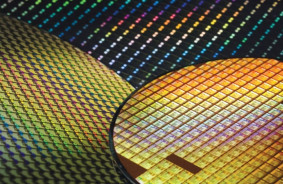Fast fiber optic communication is spreading more and more, but it also has limitations. The work of British researchers will allow these cables to provide much faster data transmission.
Researchers from Aston University have developed an optical processor that takes advantage of previously unused frequency ranges. They have achieved data transmission speeds of up to 301 Terabits per second through standard fiber optic cable. Connection can be accelerated without replacing existing cables.
Currently, fiber optic cables use the so-called "C" and "L" ranges in the electromagnetic spectrum. However, the new optical processor exploits the previously unused "E" and "S" ranges.
"For the past few years, Aston University has been developing optical amplifiers in the E-range, which is located next to the C-range in the electromagnetic spectrum, but is approximately three times wider. Until the development of our device, no one could properly emulate E-range channels in a controlled manner," says the creator of the processor, Dr. Jan Phillips.
"This is a 'greener' solution than deploying more new fibers and cables, as it more widely utilizes the existing deployed fiber optic network, increasing its data transmission capacity and extending its service life and commercial value," adds Professor Vladek Forisiak from the development team.
As of last year, the average broadband speed in the UK was 69.4 Mbit/s, while in February this year the average speed in the US was 242.38 Mbit/s. The stated 301 Tbit/s is 301,000,000 Mbit/s, which is 4.5 million times faster than the average connection in the UK, and 1.2 million times faster than the connection in the US.
Source: PC Gamer












Comments (0)
There are no comments for now